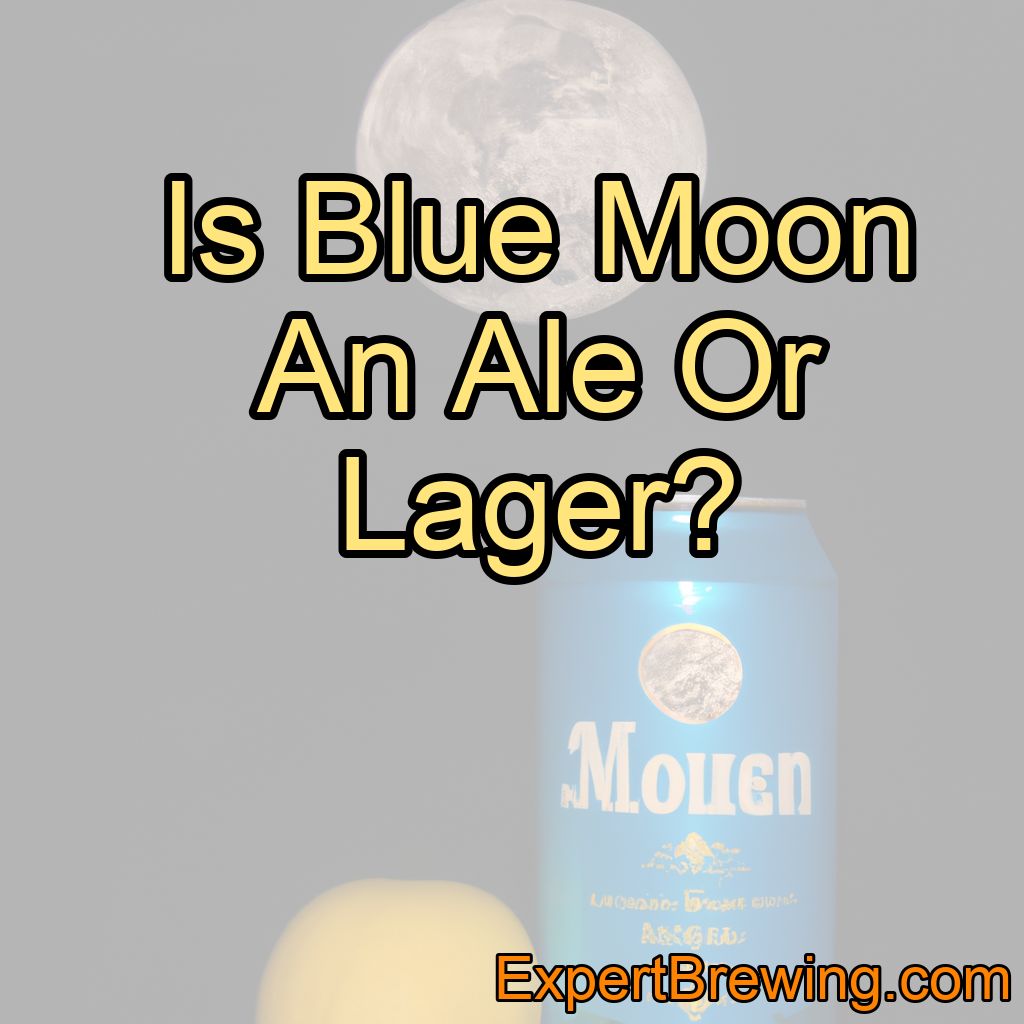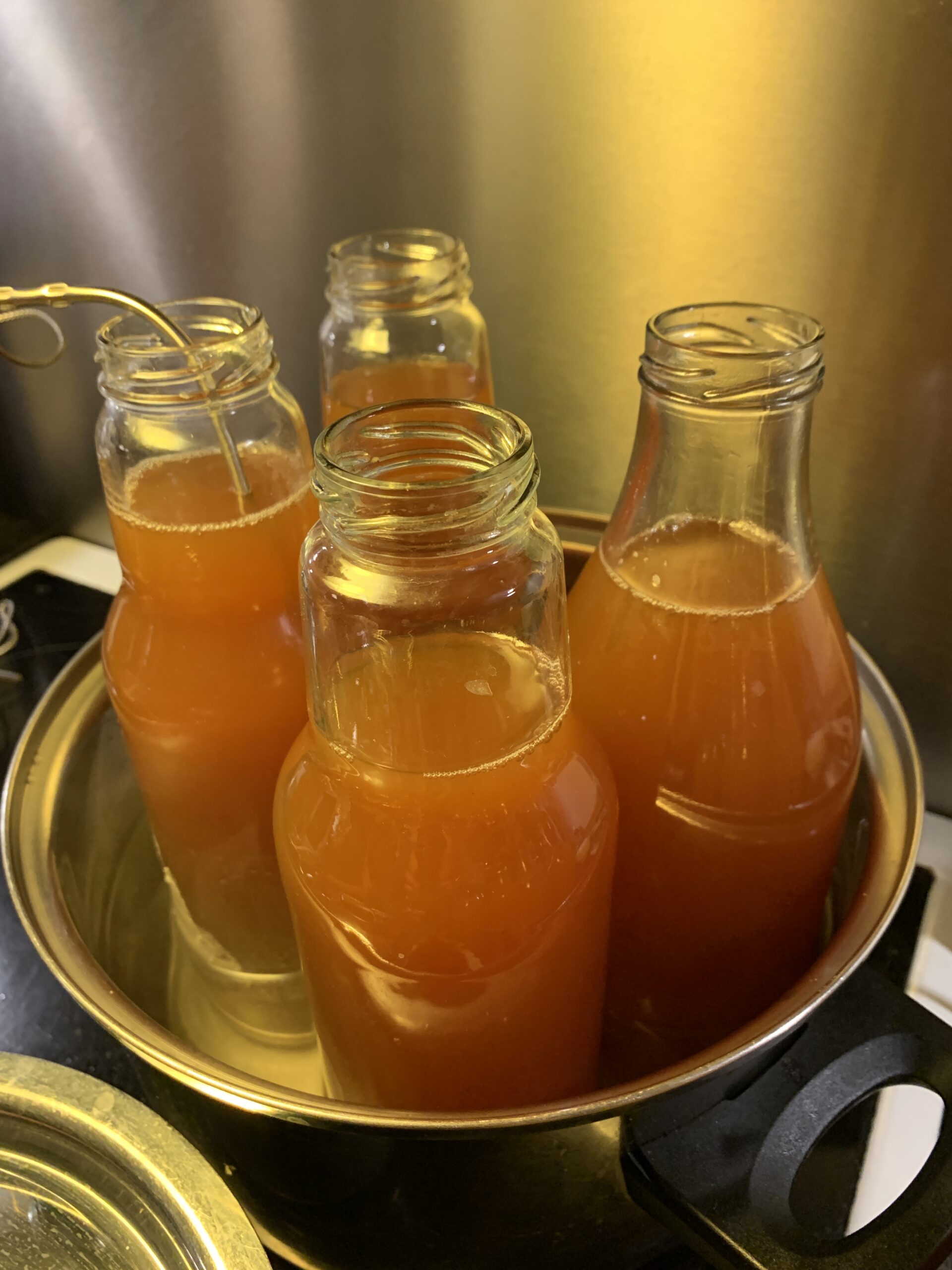One of the most common questions I get asked by fellow beer enthusiasts is whether Blue Moon is an ale or a lager. As an avid brewer and beer lover, I’ve spent countless hours exploring the world of beers, and today, I’ll be answering this question in detail. So,Blue Moon is an ale, specifically a Belgian-style witbier. But, let’s dive a bit deeper into the topic and explore the differences between ales and lagers, the brewing process, and the unique characteristics of Blue Moon.
What are Ales and Lagers?
Before we can properly address the question of whether Blue Moon is an ale or a lager, it’s essential to understand the fundamental differences between the two. The primary distinction between ales and lagers lies in the type of yeast used during fermentation and the fermentation temperature.
Ales
Ales are brewed with top-fermenting yeast (Saccharomyces cerevisiae), which ferments at warmer temperatures, typically between 60-75°F (15-24°C). This type of yeast often imparts fruity, spicy, or other complex flavors to the beer.
Lagers
Lagers, on the other hand, are brewed with bottom-fermenting yeast (Saccharomyces pastorianus), which ferments at cooler temperatures, usually between 45-55°F (7-13°C). These lower temperatures result in a cleaner, crisper taste, with fewer fruity or spicy notes.
The Brewing Process
Now that we’ve established the differences between ales and lagers let’s take a look at the brewing process for Blue Moon.
Mash and Boil
Blue Moon’s brewing process begins with a mix of malted barley, wheat, and oats. The grains are mashed and boiled, releasing their sugars and creating a sweet, malty liquid known as wort. Hops are then added to the boil, providing the beer’s characteristic bitterness.
Fermentation and Conditioning
After the wort has been cooled, Blue Moon’s distinct top-fermenting yeast strain is added. This yeast, combined with the warmer fermentation temperature, imparts the fruity and spicy flavors that make Blue Moon a Belgian-style witbier. The beer is then conditioned for several weeks, allowing the flavors to meld and mature.
Tasting Blue Moon
My first encounter with Blue Moon was a memorable experience, and I can still recall the unique combination of flavors, aroma, and appearance that sets it apart from other beers. Let’s take a closer look at these characteristics.
Appearance
Blue Moon has a hazy, golden-orange color, which comes from the use of unfiltered wheat and suspended yeast. This cloudiness is a hallmark of Belgian-style witbiers and gives the beer an inviting, rustic appearance.
Aroma
Upon raising the glass, I was greeted by a pleasant aroma of orange peel and coriander, with subtle hints of wheat and malt. This enticing blend of scents is a direct result of Blue Moon’s unique combination of ingredients and brewing process.
Taste
The first sip of Blue Moon was a delightful mix of flavors – the fruity sweetness of orange, the slight tartness of lemon, and the earthy, spicy notes of coriander. The wheat and oats provided a smooth, creamy mouthfeel, while the hops added just the right amount of bitterness to balance the sweetness.
Conclusion
So, to reiterate,Blue Moon is an ale– specifically, a Belgian-style witbier. Its unique blend of ingredients, brewing process, and top-fermenting yeast creates a beer that is complex, flavorful, and refreshing. To wrap up, here are 5-10 quick facts about Blue Moon:
1. Blue Moon is a Belgian-style witbier.
2. It’s brewed with a mix of malted barley, wheat, and oats.
3. The beer is made using top-fermenting yeast, which imparts fruity and spicy flavors.
4. Blue Moon has a hazy, golden-orange appearance due to the use of unfiltered wheat and suspended yeast.
5. Its aroma is a blend of orange peel, coriander, wheat, and malt.
6. Blue Moon is characterized by its fruity sweetness, earthy spiciness, and smooth, creamy mouthfeel.
7. It was first introduced in 1995 by the Blue Moon Brewing Company.
8. The beer is often served with a slice of orange to enhance its citrusy flavors.
9. Blue Moon has an alcohol by volume (ABV) of 5.4%.
10. In 2016, Blue Moon was the best-selling craft beer in the United States.
Now that we’ve answered the question of whether Blue Moon is an ale or a lager, I invite you to grab a glass, sit back, and savor the unique flavors of this exceptional beer. Cheers!
FAQs
What IPA is close to Blue Moon?
An IPA (India Pale Ale) that is close to Blue Moon, a Belgian-style wheat ale, in terms of flavor and drinkability would be the New Belgium Juicy Haze IPA. This IPA has a fruity and citrusy profile with a smooth finish, similar to the orange and coriander notes found in Blue Moon. However, it’s important to note that IPAs and Belgian-style wheat ales are different beer styles, so there will still be differences in taste and hop bitterness.
What IPA is similar to Blue Moon?
An IPA that is similar to Blue Moon, which is a Belgian-style wheat ale, would be the New Belgium Accumulation White IPA. This beer combines the citrus and wheat characteristics of a Blue Moon with the hoppy bitterness of an IPA. Keep in mind, though, that Blue Moon is not an IPA, so the flavor profile will be different, with Accumulation White IPA having more hoppy bitterness.
Is Blue Moon beer an IPA?
No, Blue Moon beer is not an IPA (India Pale Ale). Blue Moon is a Belgian-style wheat ale, also known as a witbier, which is made with malted barley, white wheat, and flavored with orange peel and coriander. IPAs, on the other hand, are characterized by their strong hop flavors and higher alcohol content.
Is Blue Moon an IPA?
No, Blue Moon is not an IPA (India Pale Ale). Blue Moon is a Belgian-style wheat ale, known for its hazy appearance, citrus flavors, and use of coriander and orange peel. IPAs, on the other hand, are characterized by their hoppy bitterness and higher alcohol content.
What kind of beer is Blue Moon?
Blue Moon is a Belgian-style witbier, characterized by its hazy appearance, citrus notes, and subtle spice flavors. It is brewed with malted barley, white wheat, and oats, and is typically served with a slice of orange to enhance its fruity aroma.




